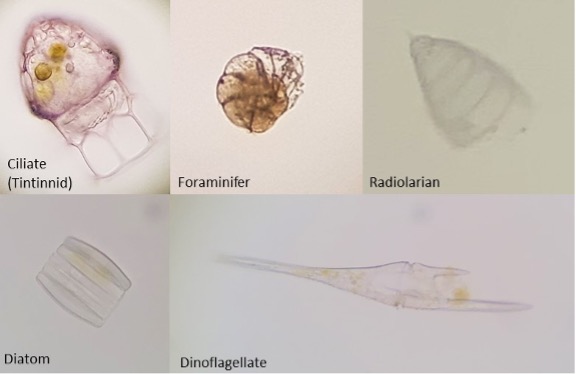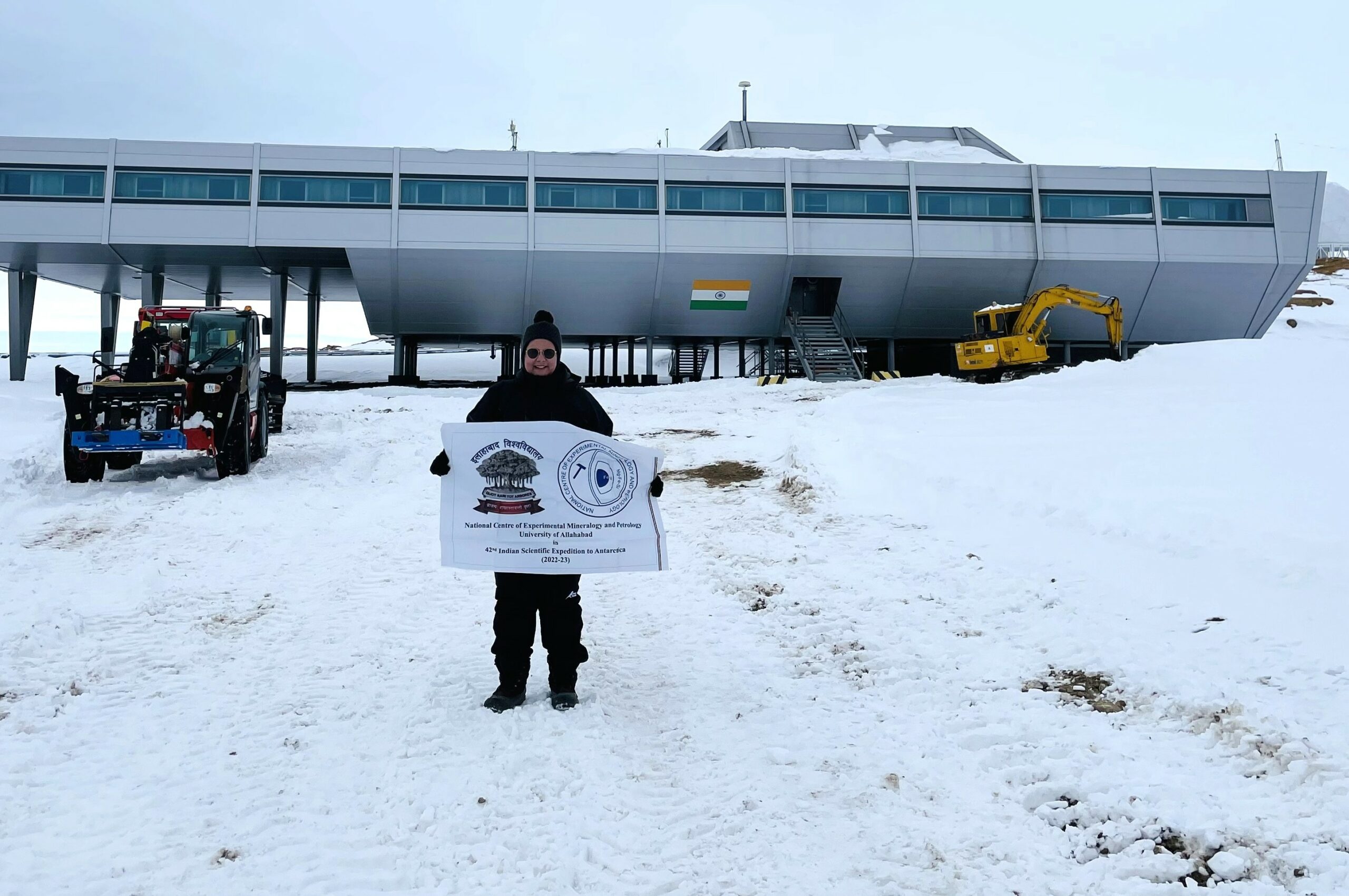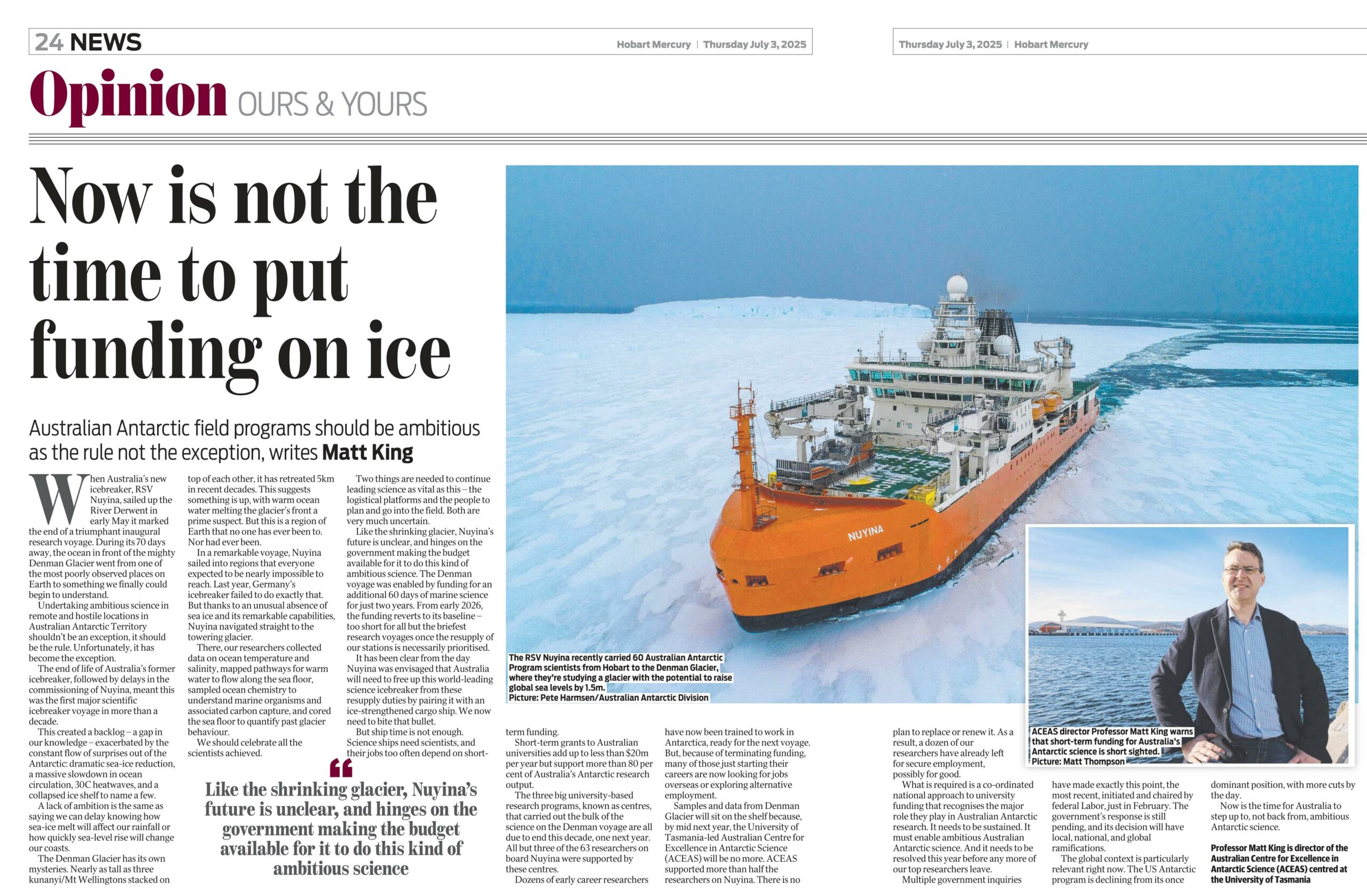
Examples of microfossils that we use to study how the marine environment has changed over time.
On board the research vessel (RV) Investigator there are several researchers on the expedition who are taking water and sediment samples to study ‘plankton’. Plankton means that they can’t swim against a current, most plankton are tiny, but some are large (such as jellyfish). Phytoplankton are tiny plankton that can photosynthesise (like plants), and are incredibly important inhabitants of the ocean, because they are at the base of the marine food web, and so all bigger marine organisms (the zooplankton, fish, penguins, seals and whales) ultimately depend on them for food.
To study the modern plankton communities we are taking a range of samples. Firstly during the long transits we are towing a continuous plankton recorder (CPR). This instrument was designed almost 100 years ago and looks like a metal fish that is towed behind the ship and the plankton that are caught in the CPR are sandwiched between two pieces of material. We are also collecting samples by running seawater from the ships underway system through a net with a 25 micrometer (very very fine) mesh size – basically we are catching plankton from the tap! To be able to see the tiny micro-organisms, we have set up several microscopes in a lab. Another way to study plankton is filtering the water and analysing it for their DNA (the building blocks of all life forms). This is called environmental DNA (or eDNA).
When the plankton die, they sink through the water column to the seafloor. Over time, layers upon layers of deceased organisms accumulate in the seafloor sediments, recording past changes in the oceans through time (deeper layers are older, and upper layers are younger). The dead plankton leave behind their skeletons – which we call “microfossils”. By analysing the microfossils from marine sediment cores we can understand how the oceans changed through time. Some species also provide us with an estimate of the age of the sediments – these are called biostratigraphic indicator species.
We are also analysing the sediment cores for ancient DNA (SedaDNA) analyses. This is a relatively new technique to detect small genetic fragments of marine organisms that lived in the past. It complements the microfossil analyses because it can detect species that do not form hard skeletons and are therefore not preserved as microfossils, such as bacteria, many phyto- and zooplankton species and even fish.
The microfossils and SedaDNA provide important clues about past ocean warming and cooling phases. Hopefully, with long cores we can reach back in time to over 1 Million years! We are especially interested in studying periods of time that were warm to understand how the Antarctic ice sheets and oceans responded, as an analogue for how marine ecosystems may respond to ongoing climate change.


